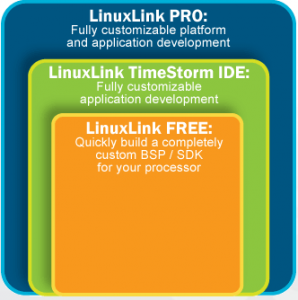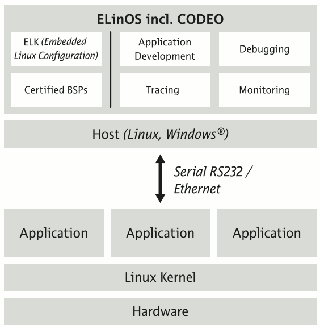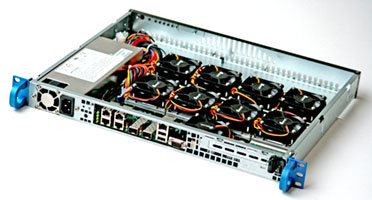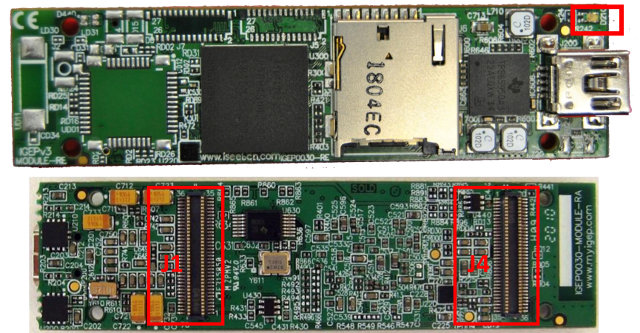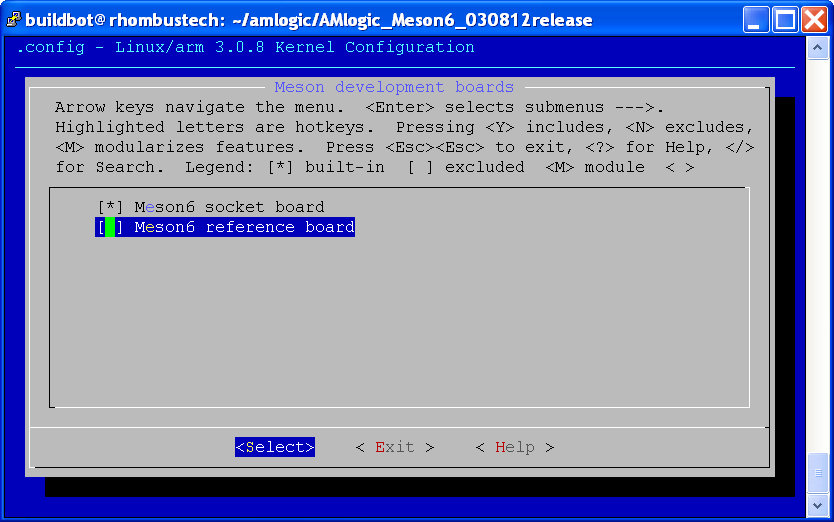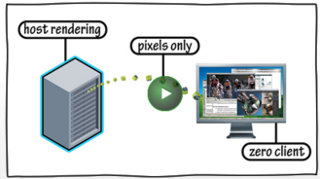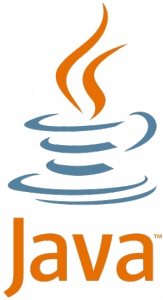Critical Link is an electronics product development company that provides “MityDSP” and “MityARM” System on Modules and Timesys is a software company working on Embedded Linux, which provides LinuxLink, a software development framework for embedded Linux application development. Both companies have partnered to offers LinuxLink BSP/SDK for MityARM-3359 SoM based on Texas Instruments Sitara AM335x Cortex A9 processor. LinuxLink (for MityARM-335x) comes in 2 versions: A free version which includes: A wizard-based interface that simplifies the selection of a Linux kernel, software packages and tools Kernel, toolchain and debugger Access to hundreds of open-source software packages Support by Timesys for build/boot issues. A PRO version (Starts at $5495 per developer) which includes extra “features” such as: TimeStorm IDE – A desktop-based development environment Tools for advanced customization and integration unmetered support Everything is built on Timesys servers, but the web interface makes it quite customizable and offers lots of options […]
SYSGO Releases ELinOS 5.2 Industrial Grade Linux
SYSGO, a software company for the real-time and embedded markets, has announced the release of ELinOS 5.2, an Industrial Grade Linux distribution, updated to kernel 3.2 and with new features related to scheduling, memory management, file systems, networking and security. The new 5.2 version brings the following improvements: Integration of new kernel 3.2 to support new features and availability of previous versions of kernels 2.6.33 and 2.6.34, to respond to customers demand. Real-time extension based on Open Source Automation Development Lab (OSADL) implementation (PREEMPT RT) especially designed and tested for industrial needs. Support for latest embedded CPUs including Intel, Freescale QorIQ, ARM Cortex, TI OMAP 4, Freescale i.MX6 and MIPS. SMP (Symmetric multiprocessing) support on all multi-core platforms. QEMU simulator supported for all architectures. New functionality support in areas of graphics (i.e. AMD Llano Fusion APUs), Wi-Fi (i.e. Intel iwlwifi 105 and 135), SATA (i.e. Intel C600 serial-attached-scsi controller), USB […]
Codethink Launches The Baserock Slab ARM Server
Codethink has just announced an ARM based server called “The BaseRock Slab” powered by Marvell ARMADA XP quad core ARMv7-A processors with 2 GB RAM and 30GB (up to 120GB) mSATA SSD Storage per node, which targets applications such as cloud computing infrastructure and native ARM build and test. This 32 cores server comes in a 1U chassis (483mm x 44mm x 355m), is powered by a 260 PSU, integrates eight Cogent CSB1726-ArmadaXP SoM (Marvell Armada XP quad-core ARMv7-A CPUs, 1.33Ghz + 2 GB ECC DDR3 RAM) in to a carrier board featuring the following: 30GB (max 120GB) mSATA SSD, max 250MB/sec read/write, per SoM SATA port for additional dedicated storage, per SoM Dual 2.5Gbit/s full-duplex ethernet, trunkable into a single 5Gbit/s link Management SoM for remote power, fan and reset control Firmware upgrade via the network The server is managed by Cogent CSB1724 SoM powered by Marvell Armada 300 […]
ISEE Announces Low Cost IGEP COM ELECTRON & SPIN Computers-on-Module
ISEE, the manufacturer of the IGEPv2 board, has recently announced 2 new industrial grade computers on module based on TI Sitara AM3703 Cortex A8 Processor: IGEP COM ELECTRON – AM3703 with 256 MB RAM / 512 MB Flash – 59 Euros IGEP COM SPIN – AM3703 with 64 MB RAM / 128 MB Flash – 49 Euros Here are the specifications of IGEP COM ELECTRON module: CPU – Texas Instruments AM3703 @ 1GHz with L1 cache (112 KB (DSP) / 64 KB (ARM)) and L2 cache (96 KB (DSP), 256 KB (ARM)) System Memory – 256 MB Mobile DDR @ 200 MHz (32-bit) Storage: 512 MB NAND FLASH On board micro-SD socket Connectors: 1 x USB 2.0 OTG interface + USB mini-AB connector 1 x MICRO-SD socket 2 x EXPANSION 70-pin connector Device: 1 x USB 2.0 HOST (connector NOT included) 1 x DOUBLE LED INDICATOR Expansion connectors – 2 […]
AMLogic Releases AML8726-MX Linux 3.0.8 Source Code
While doing a Google search to locate the open Linux page of AMLogic, I noticed another link reading “Amlogic AML8726-MX Linux kernel code released“. Interesting. So AMLogic appears to have released the kernel source code for their latest dual core Cortex A9 processor at the beginning of August and the tarball is available from their open source site: kernel-common-2012-08-03-git-a63244fb9c.tar.gz. A github user (fards) also imported the code to github, but he’s not affiliated with AMLogic, so don’t expect commits from AMLogic there. Let’s retrieve it:
|
1 |
git clone git://github.com/fards/AMlogic_Meson6_030812release.git |
AML8726-MX is codenamed MESON6 in the source code, and the code is in arch/arm/mach-meson6/, but let’s see if we can find a config file in arch/arm/configs. Yes! There are 4: meson6_android_defconfig – Android config file (Single core) meson6_defconfig – Linux config file (Single core) all Android config disabled. meson6smp_android_defconfig – Android config file with smp (symmetric multiprocessing) support meson6smp_defconfig – Config file with smp […]
Firefox OS Running on the Raspberry Pi
Oleg Romashin, a Nokia engineer, has been working on porting Firefox OS (previously known as Boot 2 Gecko) to the Raspberry Pi, and has uploaded a YouTube video showing a Firefox OS running on the device, including a WebGL teapot demo running at 60 fps. This Firefox OS build is based on Debian Squeezy, with plain EGL rendering, no Widget Toolkit backends and no X11. Some parts do not look very smooth yet, but this demo looks promising. If you want to try it yourself, you can download the WebGL teapot build. Mozilla patches with LinuxGL widget backend are also available at http://hg.mozilla.org/users/romaxa_gmail.com/embedipc_queue/file/linuxglpure. If you have the N9 smartphone or Beagleboard, it looks like you can also try this. Check files in http://romaxa.info/b2g/. Jean-Luc Aufranc (CNXSoft)Jean-Luc started CNX Software in 2010 as a part-time endeavor, before quitting his job as a software engineering manager, and starting to write daily news, and […]
Teradici Announces PCoIP Tera2 Host and Zero Client Processors
Earlier this year, I discovered PCoIP (PC over IP) , a remote desktop protocol that provides basically the same functionality as VNC or RDP, but promises better performance on low end hardware by using different compression methods depending on the content on the display. Teradici, the company behind this technology, has today announced its next-generation Tera2 processors specifically designed to handle PCoIP by hardware: TERA2220 dual display host processor – 150 Mpps (Megapixels per seconds), supports up to two displays at 1920×1200 resolution, or one at 2560×1600. TERA2240 quad display host processor – 300 Mpps, supports up to four displays at 1920×1200 resolution, or two at 2560×1600. TERA2321 dual display zero client processor TERA2140 quad display zero client processor Both Tera2 host processors include advanced security features such as AES-256 and NSA Suite B security protocols, and are capable of refreshing the full display at up to 60fps. Tera2 PCoIP zero client […]
Oracle releases JDK for Linux ARM (Soft-Float Only)
Oracle announced the availability of JDK 7 Update 6 which introduces a JDK for Linux on ARM v6 and v7 architecture. This JDK is aimed at “general purpose” ARM systems, such as ARM micro-servers and ARM development platforms. This new JDK for Linux on ARM is licensed under the Oracle Binary Code License, and can be downloaded at no cost for development and production use on general-purpose platforms. For embedded use such as an industrial controller or a kiosk appliance, a commercial license would be required. Here’s how Oracle summarizes the ARM Linux JDK features: This port provides 32-bit binary for ARMv6 and v7, with full support for Swing/AWT, both client (C1) and server (C2) compilers and runs on most Linux distributions. One caveat is that the current binary is softfloat ABI only, so it won’t work with (for example) the Raspbian distribution which uses the hardfloat ABI. We are […]


